Murat Ozer
LLM-as-a-Fuzzy-Judge: Fine-Tuning Large Language Models as a Clinical Evaluation Judge with Fuzzy Logic
Jun 12, 2025Abstract:Clinical communication skills are critical in medical education, and practicing and assessing clinical communication skills on a scale is challenging. Although LLM-powered clinical scenario simulations have shown promise in enhancing medical students' clinical practice, providing automated and scalable clinical evaluation that follows nuanced physician judgment is difficult. This paper combines fuzzy logic and Large Language Model (LLM) and proposes LLM-as-a-Fuzzy-Judge to address the challenge of aligning the automated evaluation of medical students' clinical skills with subjective physicians' preferences. LLM-as-a-Fuzzy-Judge is an approach that LLM is fine-tuned to evaluate medical students' utterances within student-AI patient conversation scripts based on human annotations from four fuzzy sets, including Professionalism, Medical Relevance, Ethical Behavior, and Contextual Distraction. The methodology of this paper started from data collection from the LLM-powered medical education system, data annotation based on multidimensional fuzzy sets, followed by prompt engineering and the supervised fine-tuning (SFT) of the pre-trained LLMs using these human annotations. The results show that the LLM-as-a-Fuzzy-Judge achieves over 80\% accuracy, with major criteria items over 90\%, effectively leveraging fuzzy logic and LLM as a solution to deliver interpretable, human-aligned assessment. This work suggests the viability of leveraging fuzzy logic and LLM to align with human preferences, advances automated evaluation in medical education, and supports more robust assessment and judgment practices. The GitHub repository of this work is available at https://github.com/2sigmaEdTech/LLMAsAJudge
Big Data and Deep Learning in Smart Cities: A Comprehensive Dataset for AI-Driven Traffic Accident Detection and Computer Vision Systems
Jan 07, 2024Abstract:In the dynamic urban landscape, where the interplay of vehicles and pedestrians defines the rhythm of life, integrating advanced technology for safety and efficiency is increasingly crucial. This study delves into the application of cutting-edge technological methods in smart cities, focusing on enhancing public safety through improved traffic accident detection. Action recognition plays a pivotal role in interpreting visual data and tracking object motion such as human pose estimation in video sequences. The challenges of action recognition include variability in rapid actions, limited dataset, and environmental factors such as (Weather, Illumination, and Occlusions). In this paper, we present a novel comprehensive dataset for traffic accident detection. This datasets is specifically designed to bolster computer vision and action recognition systems in predicting and detecting road traffic accidents. We integrated datasets from wide variety of data sources, road networks, weather conditions, and regions across the globe. This approach is underpinned by empirical studies, aiming to contribute to the discourse on how technology can enhance the quality of life in densely populated areas. This research aims to bridge existing research gaps by introducing benchmark datasets that leverage state-of-the-art algorithms tailored for traffic accident detection in smart cities. These dataset is expected to advance academic research and also enhance real-time accident detection applications, contributing significantly to the evolution of smart urban environments. Our study marks a pivotal step towards safer, more efficient smart cities, harnessing the power of AI and machine learning to transform urban living.
CautionSuicide: A Deep Learning Based Approach for Detecting Suicidal Ideation in Real Time Chatbot Conversation
Jan 02, 2024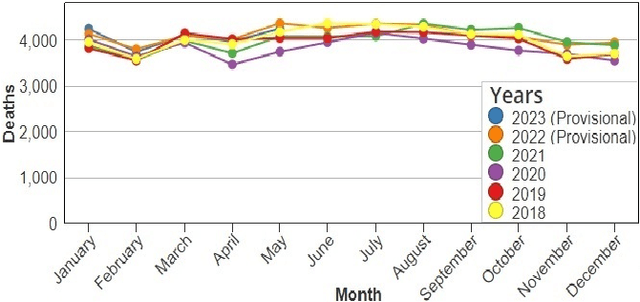
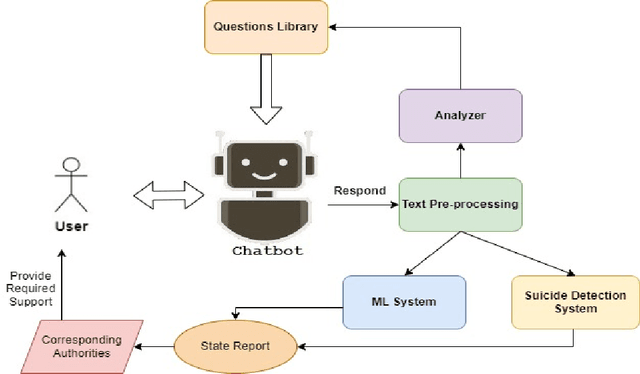
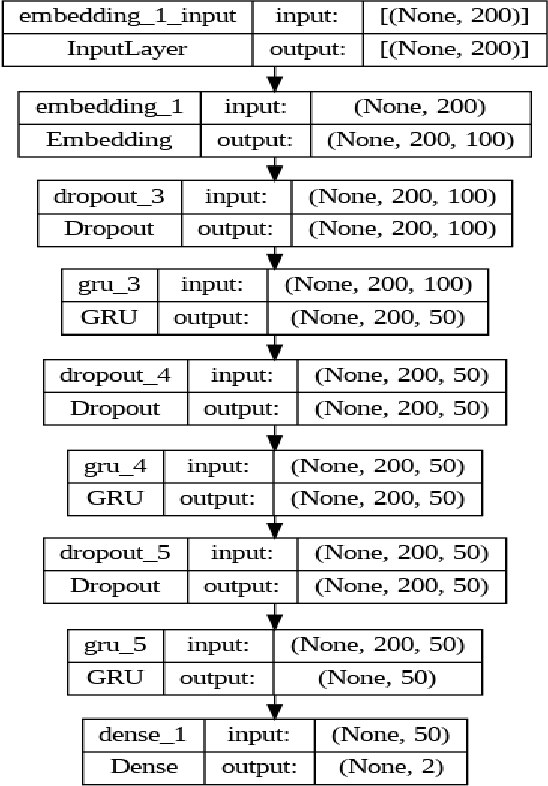
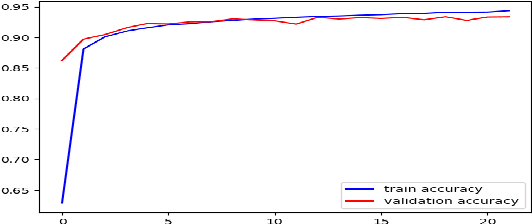
Abstract:Suicide is recognized as one of the most serious concerns in the modern society. Suicide causes tragedy that affects countries, communities, and families. There are many factors that lead to suicidal ideations. Early detection of suicidal ideations can help to prevent suicide occurrence by providing the victim with the required professional support, especially when the victim does not recognize the danger of having suicidal ideations. As technology usage has increased, people share and express their ideations digitally via social media, chatbots, and other digital platforms. In this paper, we proposed a novel, simple deep learning-based model to detect suicidal ideations in digital content, mainly focusing on chatbots as the primary data source. In addition, we provide a framework that employs the proposed suicide detection integration with a chatbot-based support system.
AI on the Road: A Comprehensive Analysis of Traffic Accidents and Accident Detection System in Smart Cities
Jul 22, 2023Abstract:Accident detection and traffic analysis is a critical component of smart city and autonomous transportation systems that can reduce accident frequency, severity and improve overall traffic management. This paper presents a comprehensive analysis of traffic accidents in different regions across the United States using data from the National Highway Traffic Safety Administration (NHTSA) Crash Report Sampling System (CRSS). To address the challenges of accident detection and traffic analysis, this paper proposes a framework that uses traffic surveillance cameras and action recognition systems to detect and respond to traffic accidents spontaneously. Integrating the proposed framework with emergency services will harness the power of traffic cameras and machine learning algorithms to create an efficient solution for responding to traffic accidents and reducing human errors. Advanced intelligence technologies, such as the proposed accident detection systems in smart cities, will improve traffic management and traffic accident severity. Overall, this study provides valuable insights into traffic accidents in the US and presents a practical solution to enhance the safety and efficiency of transportation systems.
Epilepsy Seizure Detection: Anatomy and Analysis
May 30, 2023



Abstract:A seizure tracking system is crucial for monitoring and evaluating epilepsy treatments. Caretaker seizure diaries are used in epilepsy care today, but clinical seizure monitoring may miss seizures. Monitoring devices that can be worn may be better tolerated and more suitable for long-term ambulatory use. Many techniques and methods are proposed for seizure detection; However, simplicity and affordability are key concepts for daily use while preserving the accuracy of the detection. In this study, we propose a versal, affordable noninvasive based on a simple real-time k-Nearest-Neighbors (kNN) machine learning that can be customized and adapted to individual users in less than four (4) seconds of training time; the system was verified and validated using 500 subjects, with seizure detection data sampled at 178 Hz, the operated with a mean accuracy of (94.5%).
Deep Learning Approach for Early Stage Lung Cancer Detection
Feb 15, 2023Abstract:Lung cancer is the leading cause of death among different types of cancers. Every year, the lives lost due to lung cancer exceed those lost to pancreatic, breast, and prostate cancer combined. The survival rate for lung cancer patients is very low compared to other cancer patients due to late diagnostics. Thus, early lung cancer diagnostics is crucial for patients to receive early treatments, increasing the survival rate or even becoming cancer-free. This paper proposed a deep-learning model for early lung cancer prediction and diagnosis from Computed Tomography (CT) scans. The proposed mode achieves high accuracy. In addition, it can be a beneficial tool to support radiologists' decisions in predicting and detecting lung cancer and its stage.
A Convolutional-based Model for Early Prediction of Alzheimer's based on the Dementia Stage in the MRI Brain Images
Feb 15, 2023Abstract:Alzheimer's disease is a degenerative brain disease. Being the primary cause of Dementia in adults and progressively destroys brain memory. Though Alzheimer's disease does not have a cure currently, diagnosing it at an earlier stage will help reduce the severity of the disease. Thus, early diagnosis of Alzheimer's could help to reduce or stop the disease from progressing. In this paper, we proposed a deep convolutional neural network-based model for learning model using to determine the stage of Dementia in adults based on the Magnetic Resonance Imaging (MRI) images to detect the early onset of Alzheimer's.
A Transfer Learning Based Approach for Classification of COVID-19 and Pneumonia in CT Scan Imaging
Oct 17, 2022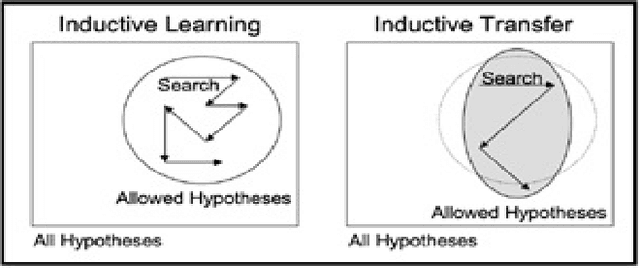
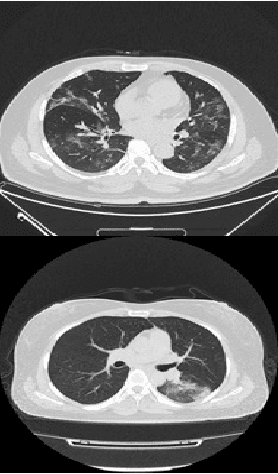
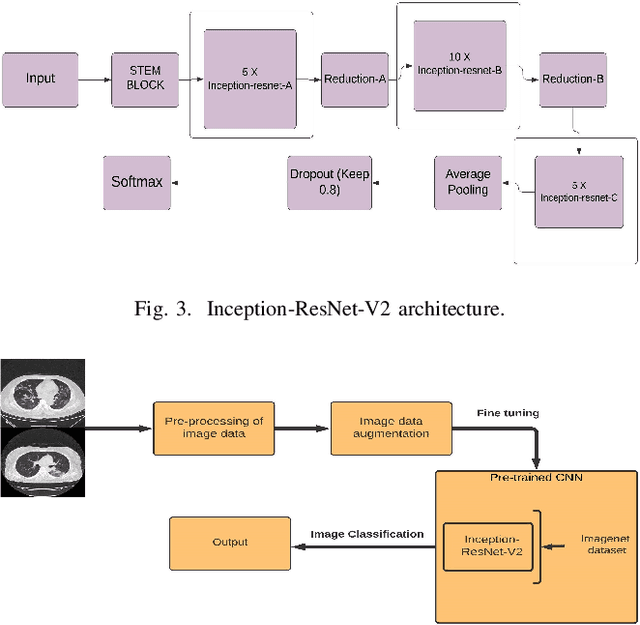
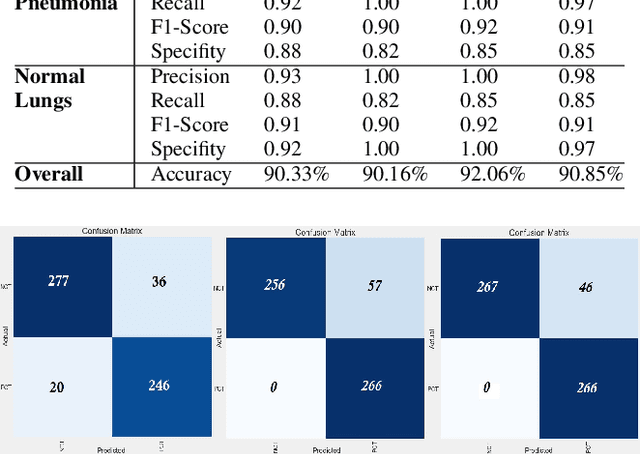
Abstract:The world is still overwhelmed by the spread of the COVID-19 virus. With over 250 Million infected cases as of November 2021 and affecting 219 countries and territories, the world remains in the pandemic period. Detecting COVID-19 using the deep learning method on CT scan images can play a vital role in assisting medical professionals and decision authorities in controlling the spread of the disease and providing essential support for patients. The convolution neural network is widely used in the field of large-scale image recognition. The current method of RT-PCR to diagnose COVID-19 is time-consuming and universally limited. This research aims to propose a deep learning-based approach to classify COVID-19 pneumonia patients, bacterial pneumonia, viral pneumonia, and healthy (normal cases). This paper used deep transfer learning to classify the data via Inception-ResNet-V2 neural network architecture. The proposed model has been intentionally simplified to reduce the implementation cost so that it can be easily implemented and used in different geographical areas, especially rural and developing regions.
Speech Emotion Recognition using Supervised Deep Recurrent System for Mental Health Monitoring
Aug 26, 2022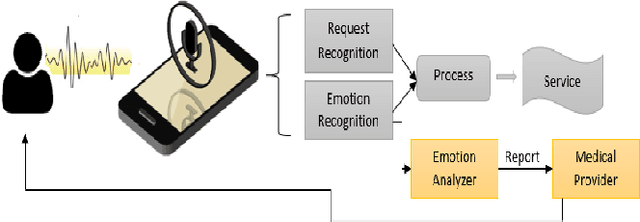
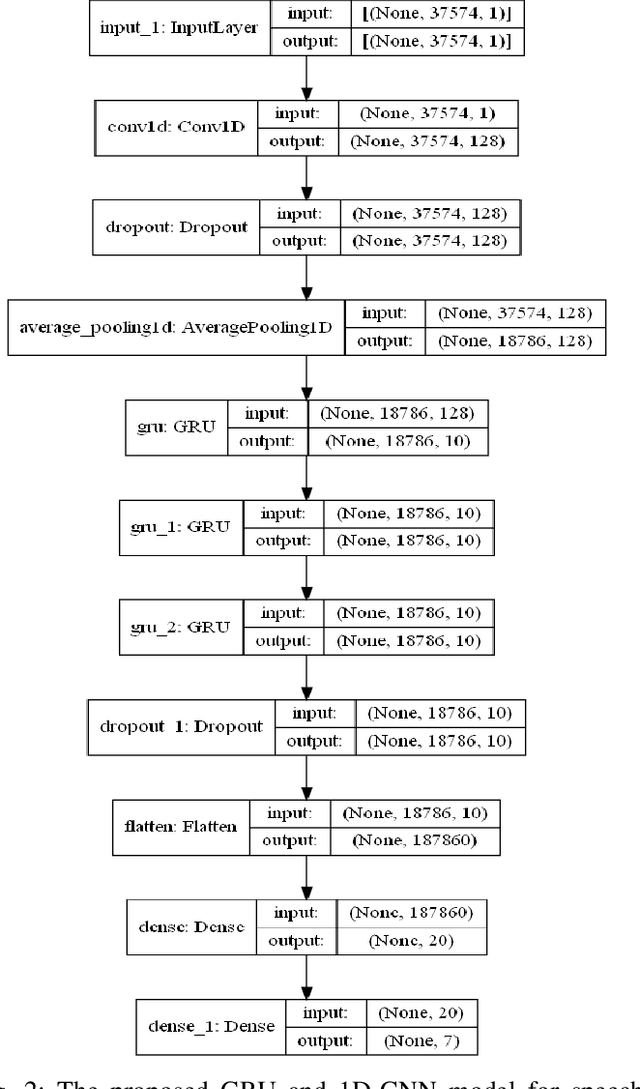
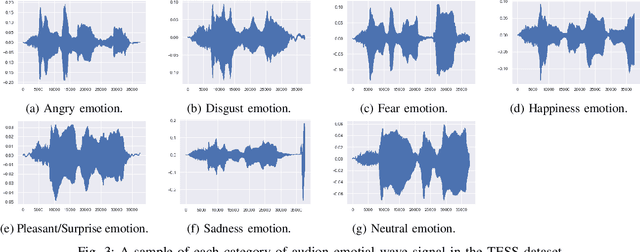
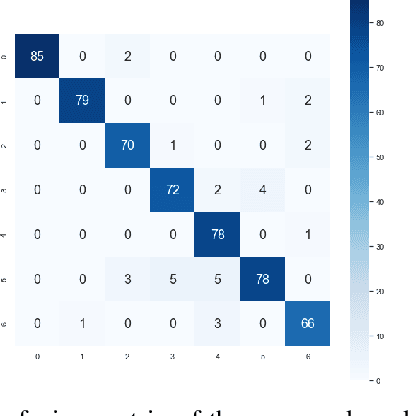
Abstract:Understanding human behavior and monitoring mental health are essential to maintaining the community and society's safety. As there has been an increase in mental health problems during the COVID-19 pandemic due to uncontrolled mental health, early detection of mental issues is crucial. Nowadays, the usage of Intelligent Virtual Personal Assistants (IVA) has increased worldwide. Individuals use their voices to control these devices to fulfill requests and acquire different services. This paper proposes a novel deep learning model based on the gated recurrent neural network and convolution neural network to understand human emotion from speech to improve their IVA services and monitor their mental health.
Review on Action Recognition for Accident Detection in Smart City Transportation Systems
Aug 20, 2022
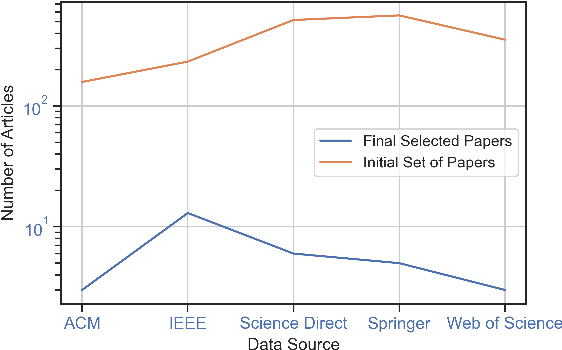
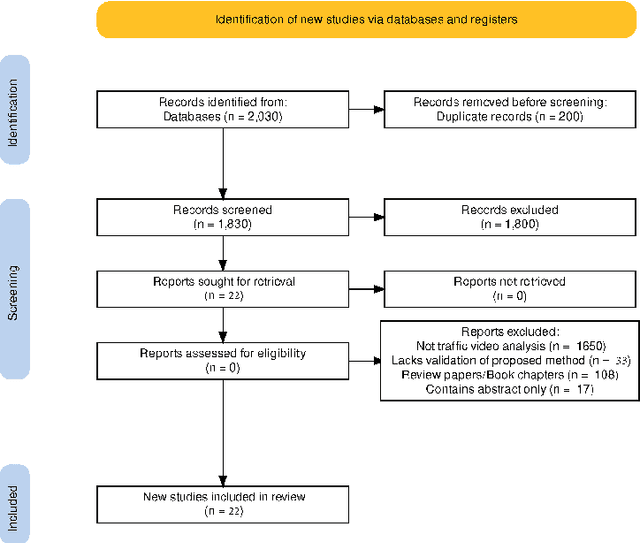
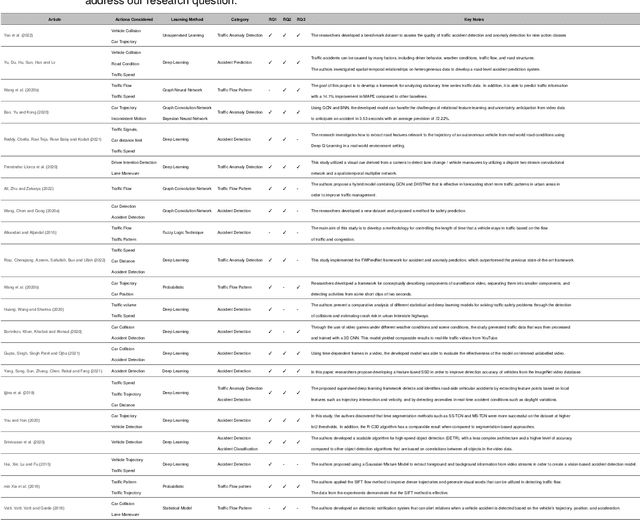
Abstract:Action detection and public traffic safety are crucial aspects of a safe community and a better society. Monitoring traffic flows in a smart city using different surveillance cameras can play a significant role in recognizing accidents and alerting first responders. The utilization of action recognition (AR) in computer vision tasks has contributed towards high-precision applications in video surveillance, medical imaging, and digital signal processing. This paper presents an intensive review focusing on action recognition in accident detection and autonomous transportation systems for a smart city. In this paper, we focused on AR systems that used diverse sources of traffic video capturing, such as static surveillance cameras on traffic intersections, highway monitoring cameras, drone cameras, and dash-cams. Through this review, we identified the primary techniques, taxonomies, and algorithms used in AR for autonomous transportation and accident detection. We also examined data sets utilized in the AR tasks, identifying the main sources of datasets and features of the datasets. This paper provides potential research direction to develop and integrate accident detection systems for autonomous cars and public traffic safety systems by alerting emergency personnel and law enforcement in the event of road accidents to minimize human error in accident reporting and provide a spontaneous response to victims
 Add to Chrome
Add to Chrome Add to Firefox
Add to Firefox Add to Edge
Add to Edge